Spring trip to Italy. Part 1. Trento

In the spring, once again, my wife and I went to our beloved Italy, but on our own. Tickets were bought to Verona, flew by Aeroflot, it turned out to be the cheapest, because Aeroflot then still sold all tickets with luggage, which is very important for us.
The flight went without problems, you can only get to the city by bus, because there is no railway line to the airport. The cost is 6 euros per person, go to the Central Station, where the bus station is 30 minutes.
It is better to buy tickets at the airport, because the driver may not have them (we almost missed the bus back, we had to run to the station for tickets).
In Verona on Booking they rented an apartment with a kitchen and all amenities (even a bag on wheels, the owner gave me to go grocery shopping) for 10 thousand for three days. Since we arrived earlier than the indicated time, we had to pay another 10 euros for early check-in, plus 15 euros city tax. The apartment was 20 minutes walk from the train station. By the way,
There are two stations in Verona, the Central one is called Porto Nuovo. This was very important for us, because we planned to travel around for these three days. On the way from the station there is a large Lidl supermarket, where we took groceries.
So, having settled in and having a little refreshment, we moved to the station, our goal was the city of Trento, the capital of the province of Trentino-Alto Adige. The city got its name either from the three surrounding mountains, or from the trident of Neptune. This is the foothills of the Alps.
The train leaves Verona for an hour and twenty, a one-way ticket costs about 8 euros.
We arrived in Trento around 2:00 pm, there is an information point at the station where you can get a map of the city. The temperature was around 20 degrees. In front of the station Dante Square with a pretty square and a monument to the poet.
Nearby rises a powerful 40-meter Vanga Tower of the 13th century,
the tower was built by the powerful Wang family, and in the 19th century it was adapted as a prison.
A short walk from Vanga Tower is the Church of Santa Maria Maggiore.
It was built in the 16th century and hosted the famous Council of Trent in 1562-63. In memory of this, in 1845, a memorial column was erected nearby.
The bell tower next to the church is the tallest building in Trento; its height is 53 meters; It was built from white limestone. Surprisingly, such a church was built in just 5 years.
The interior of the church is made in the Baroque style.
From the church we head to the central square of the Duomo.
Trento is a very majestic city, on the streets there are only old houses, rather palaces, many with beautiful frescoes on the facades.
On the way we went to the picturesque courtyard of Palazzo Thun:
The cathedral appeared with a luxurious rose-window on the facade:
Here we go to the beautiful Duomo square. In addition to the Cathedral of St. Vigil, it is framed by the Palazzo Pretorio and old residential buildings. In the center of the square is the fountain of Neptune.
The Neptune Fountain (Fontana del Nettuno) is a neoclassical monument of the late 18th century.
Two medieval houses adjoining the Duomo Square (Casa Balduini e Casa Cazuffi) give it a special elegance with the exterior painting of the facades.
The Baldwin House (right) is frescoed in the 15th century on the themes of virtue, love, abundance; the frescoes on the Katsuffi house (left) are of a later origin, dedicated to ancient mythology and belong to the Renaissance (XVI century).
Next to one of the painted houses, the Eagle Fountain (the eagle is the official symbol of Trento) perched inconspicuously:
The City Tower (Torre Civica) rises next to the Praetorian Palace. This 11th century building was originally a prison. The executions in the square were carried out under the blows of the bell on the tower. The building, decorated with a clock, has a height of 46.5 m.
Next to the tower is the Praetors' Palace (Palazzo Pretorio) - a 13th-century building. The roof is adorned with characteristic Ghibelline dovetail crenellations, evidence of
that the bishops of Trento at that time supported the party of the German emperors in the struggle with the popes for secular power. Now the building houses the Praetorian Museum with relics of the Cathedral of Trent.
The Duomo is a church dedicated to St. Vigilio (Cattedrale di San Vigilio). St. Vigilio - a martyr killed by pagans in the 4th century. The cathedral named after him began to be built in the XII-XIII centuries. is a monumental Romanesque building with narrow windows cut through the thick walls. It enters the square from the side.
The Church of St. Vigilius is a wonderful monument of stone architecture. Four styles can be traced here at once: Romanesque, Renaissance, Gothic and Baroque.
Baroque ciborium (1739) overshadows the urn with the relics of St. Vigilius.
Two steep stairs lead up the side walls.
After examining the cathedral, we went to see the Buoncosiglio fortress (Castello del Buonconsiglio). A powerful citadel with thick walls, loopholes, defensive towers, a drawbridge is a typical building of the 13th century in the Romanesque style. After 200 years, the high Eagle Tower (Torre dell'Aquila) was built on - a gothic trend; the inner paintings of the tower - scenes of the seasons - the most valuable monument of Gothic art. But due to lack of time, we did not have time to inspect the castle from the inside.
We also wandered around the beautiful streets of Trento.
And go to the station. Fatigue after the flight had already affected, and it did not interfere with dinner. Thus passed the first day of our journey.
We really liked Trento, we could have wandered a little longer, inspecting the castle if we had time.
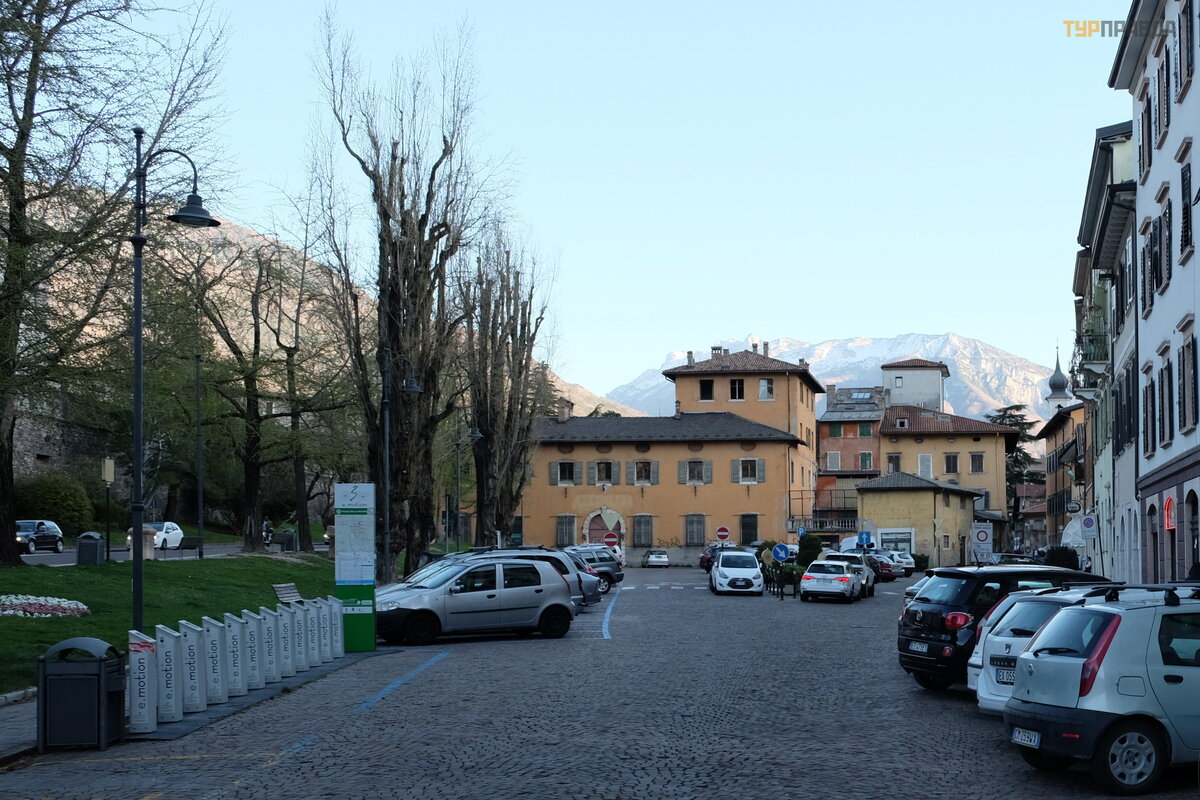



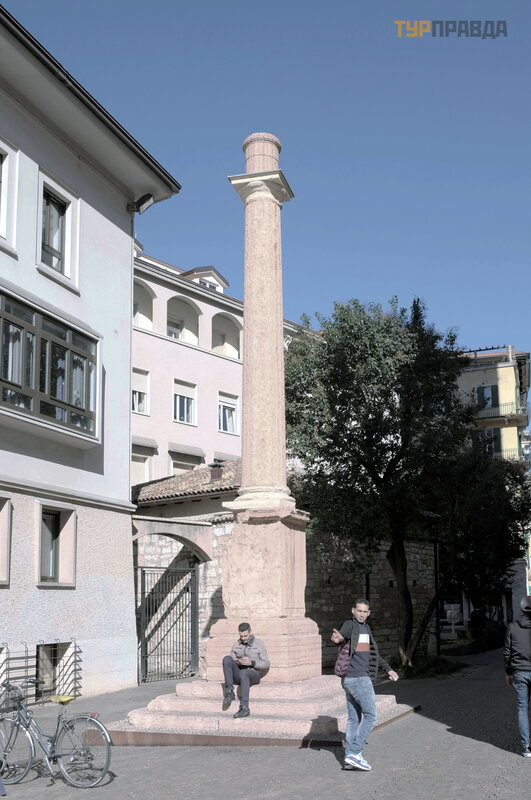









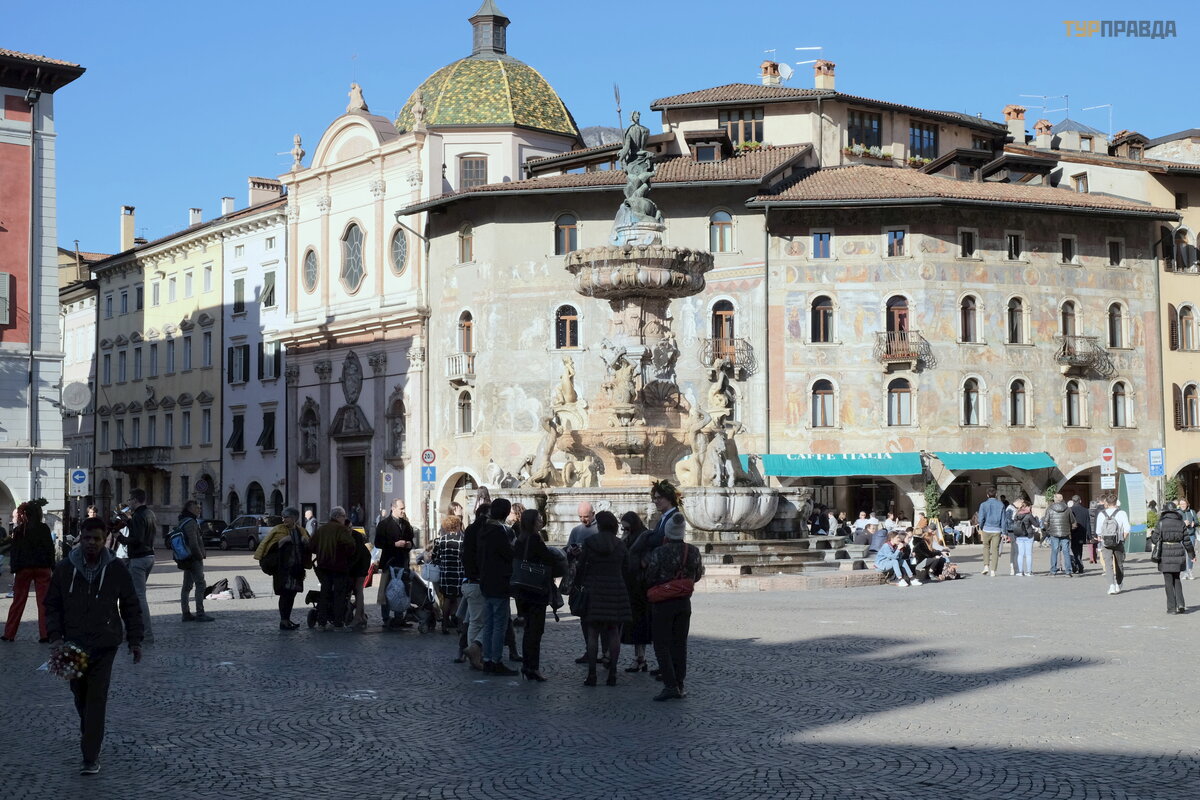




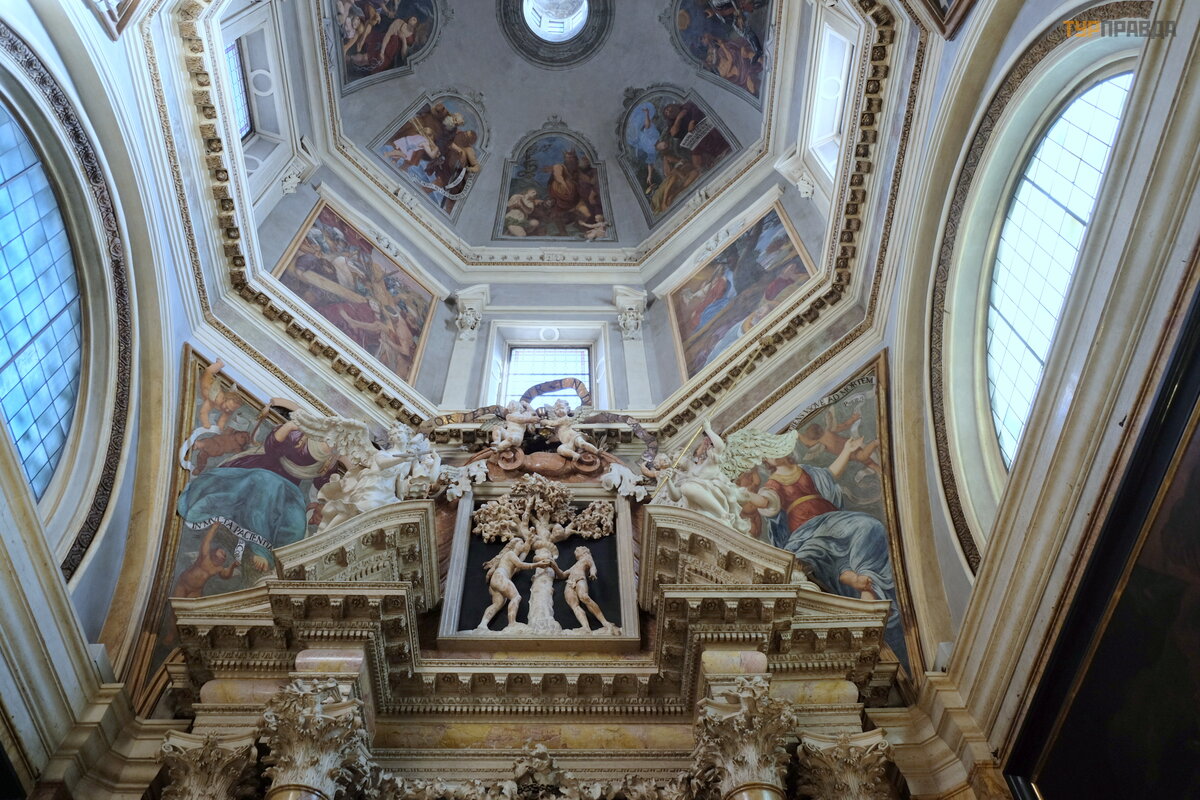




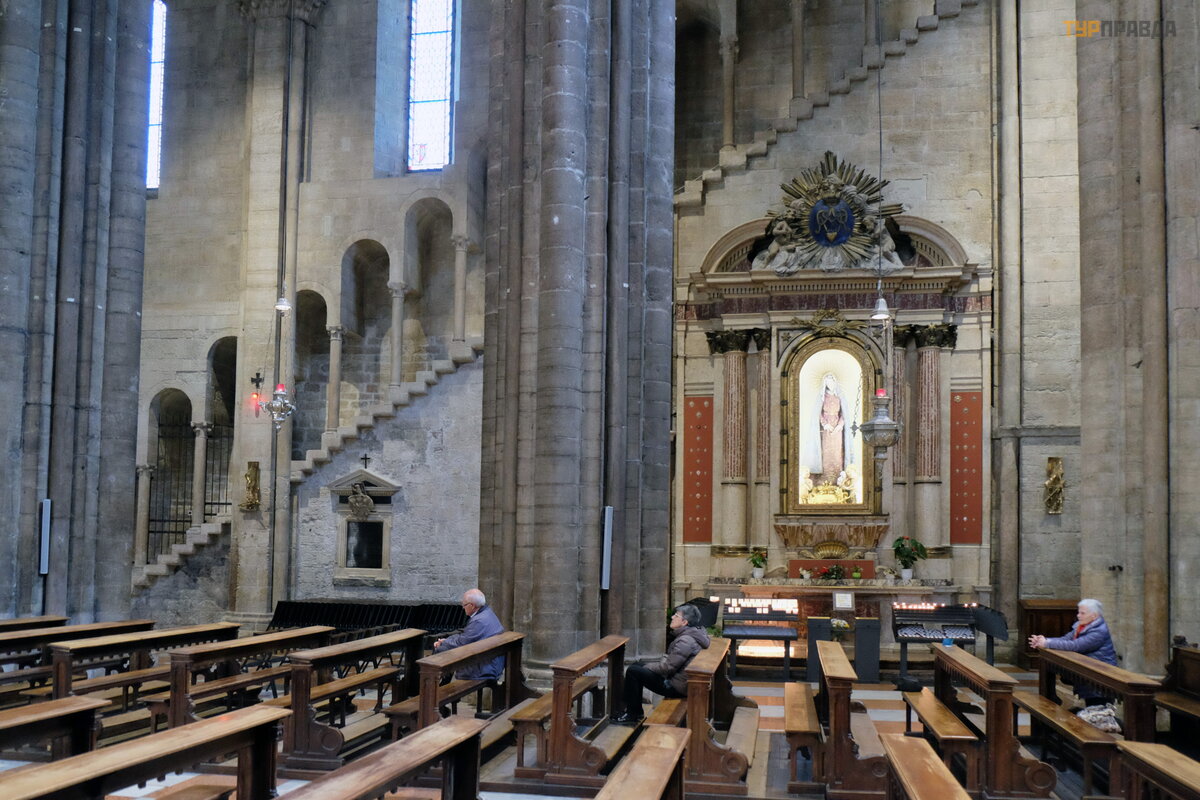






















The city is really impressive! So many interesting monuments!
Город действительно впечатляет! Столько интереснейших памятников!
The city is really impressive! So many interesting monuments!
Город действительно впечатляет! Столько интереснейших памятников!
Amazing! I really want to see with my own eyes...
Восхитительно! Очень хочется увидеть своими глазами...
Amazing! I really want to see with my own eyes...
Восхитительно! Очень хочется увидеть своими глазами...